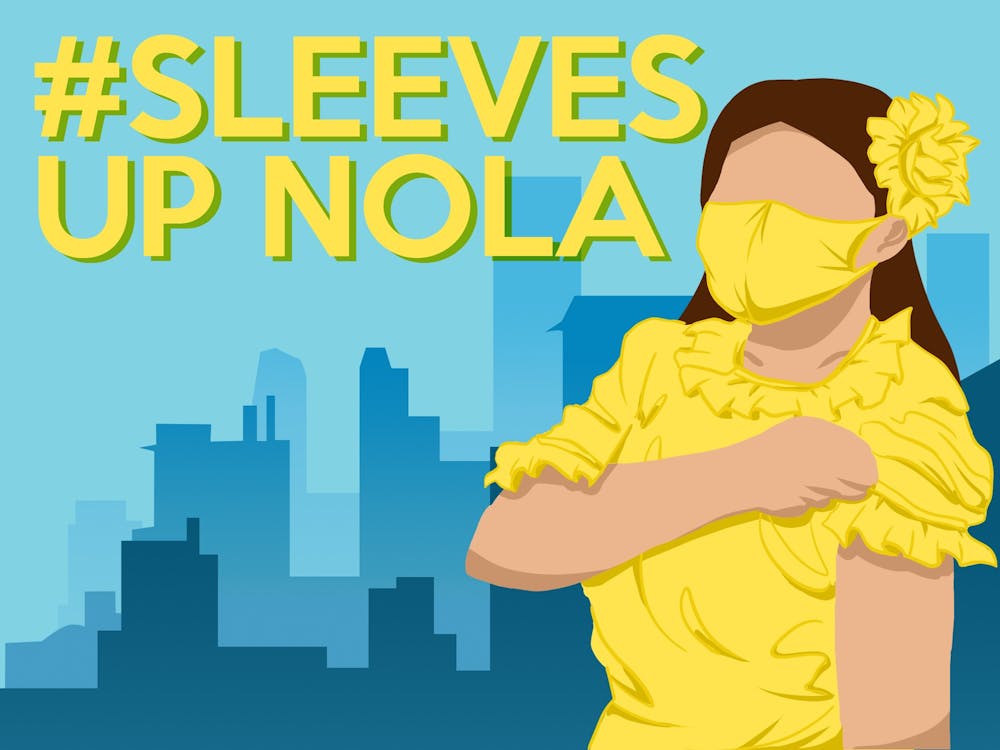If there’s one thing we’ve learned over the past few weeks, it’s that vaccines alone do not save lives. Vaccinations do. The development of vaccines is certainly crucial when it comes to public health crises, but what is emerging as an even larger, unanticipated barrier in the COVID-19 pandemic response is assuring citizens of the safety of vaccines so that they can choose to get vaccinated.
Companies such as Pfizer/BioNTech and Moderna have beat the odds and developed effective vaccines at breakthrough rates. However, public health campaigns are just as critical in building trust in these vaccines and ensuring that various demographic groups are given access.
Public health officials have noted that about 70 to 90 percent of the population must be vaccinated in order to achieve herd immunity, which occurs when enough people have become immune to the disease to make its spread unlikely. According to a December report, 60 percent of Americans say they would probably or definitely get vaccinated, and 21 percent have said that they would not like to be vaccinated at all. These numbers, quite distant from what we need to achieve herd immunity, call for massive public health campaigns to overcome vaccine hesitancy and stress the importance of vaccination.
A look at mass vaccination campaigns of the past offers quite a bit of information about ways that officials can approach this issue. In particular, art, visual media, and graphics have often been used to urge Americans to get vaccinated throughout history. For example, in the 1950s, the Ad Council, a nonprofit advertising group, created flyers with visuals of children and phrases like “Fight Polio” to encourage citizens to get vaccinated against polio. Similarly, for COVID-19, public health professionals have turned to different artistic outlets, partnering with dancers and musicians to create advertisement campaigns that convey the importance of vaccination.
Here are some creative endeavors — from musically-charged cathedrals to music videos featuring local dancers — public health officials have tried out to encourage COVID-19 vaccination:
Salisbury, England — In one of its largest vaccination campaigns, Britain managed to deliver the COVID-19 vaccine to approximately 10 percent of its population, as of late January. Now, England’s National Health Service has transformed the Salisbury Cathedral, an 800-year-old cathedral, into a COVID-19 vaccination site to aid vaccination efforts. The majestic cathedral’s in-person services have been hosted over Zoom during the initial months of the pandemic; now, as a vaccine distribution center, the cathedral’s nostalgic familiarity offers solace to England’s residents as they wait in line to receive their vaccination. As individuals wait at safe social distances, they are treated to live organ music.
As a site of faith and religion, the Salisbury Cathedral is certainly an unconventional vaccination site. It’s a rare fusion of church, clinic, and live-music venue. The cathedral’s organ has recently been refurbished so that organists can take turns of two-hours playing songs such as Mendelsshon’s “Wedding March” and “I Do Like To Be By The Seaside.” In addition to being the perfect spot for live-music, the cathedral’s large halls make social distancing feasible, lowering the risk of catching the virus. Moreover, as noted by Dr. Michele Giorgi, “The cathedral is at a central location. Everyone knows where it is. It’s not hard to find.”
New Orleans, Louisiana (USA) — New Orleans, commonly referred to as “NOLA,” is no stranger to public emergencies. From grappling with food and housing shortages during Hurricane Katrina to confronting the opioid epidemic, NOLA has faced its share of devastating health and security crises. As such, the city is practiced in communicating safety measures with the public.

Quite early in the pandemic, it developed the “Mask up, NOLA!” slogan as a reminder to adopt effective public health measures — especially as the virus was hitting Black New Orleanians at disproportionate rates. Now, in order to persuade residents to get the COVID-19 vaccine, the city has called on band members, carnival dancers, and local personalities, like Norman Dixon of the Young Men Olympians Benevolent Association, to put forth the “Sleeves up, NOLA!” campaign.
Staying true to the festive and colorful spirit of NOLA, these individuals have been featured in upbeat public service announcements to encourage residents to get vaccinated. By strategically using neighborhood personalities and invoking local culture with animated costumes, the message aims to bring behavioral change as it pertains to vaccine hesitancy.
Princeton, New Jersey (USA) — Students and organizations at Princeton have similarly tapped into the arts and media in order to encourage safe public health behavior. With the help of The Pace Center for Civic Engagement, students developed Wintersession events, such as “Cracks in the System: Healthcare and COVID.” The event provided student participants with the opportunity to listen to guest speakers and dissect articles, films, and other media to better understand the challenges that exist in access to health services. It encouraged not only discussion about the importance of vaccination but also brainstorming strategies to enable greater access to vaccinations.
Additionally, various Princeton-affiliated Instagram accounts have featured short videos that walk through how to submit a saliva sample for testing, an example of how students have developed platforms to promote public health as a collective effort.

Now, as we confront what is presumed to be the “final” stage of the pandemic response, promoting education and developing messaging that is engaging and encouraging is critical in stressing the importance of getting a COVID-19 vaccine.








